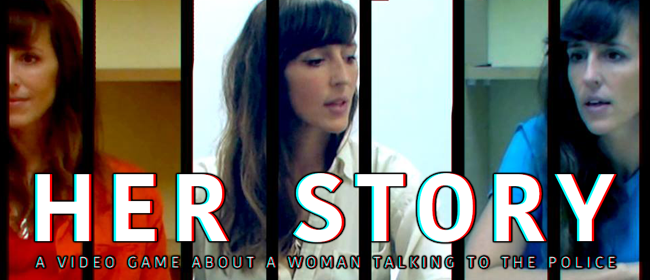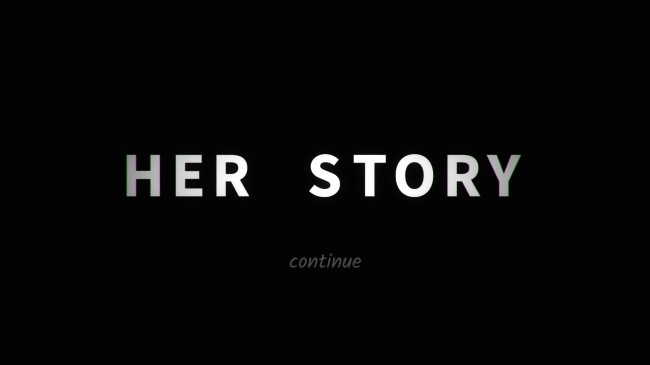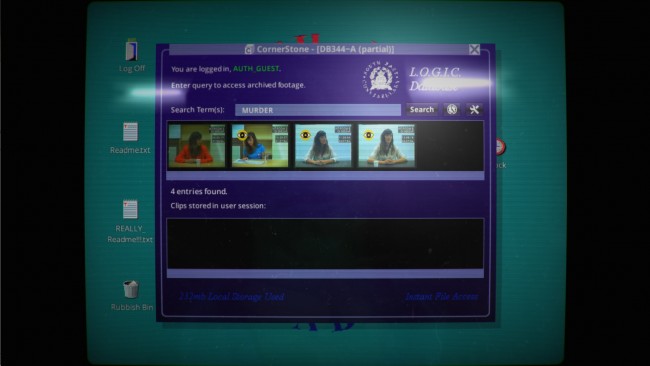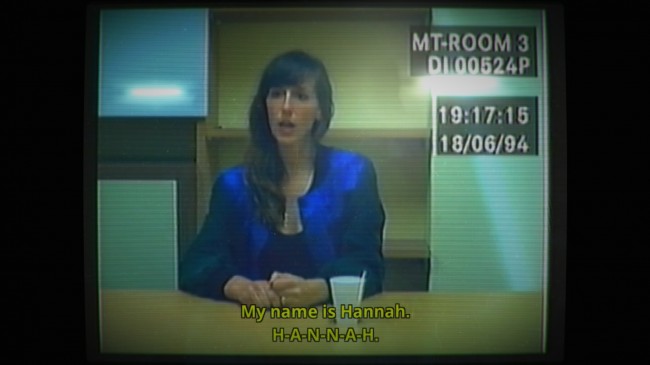
Every once in awhile, a unique indie title comes along to push the boundaries of how we perceive games. From low-budget gems such as To the Moon and Papers, Please to more critically controversial titles such as Dear Ester and Gone Home; there are still plenty of creative minds out there who aren’t interested in further developing the paradigm of necessary violence. Sam Barlow is one such creator, and someone I’ve long respected; even if I admittedly didn’t know him by name. He is the mind behind Silent Hill: Shattered Memories – Arguably the best third-party title on the Nintendo Wii. The idea of mixing psychology with interactive is utterly compelling, and Sam is certainly at the forefront.
If you own a Wii or Wii U and you’re reading this now; immediately add Shattered Memories to your pile of shame. As a re-imaging of the first Silent Hill, Sam Barlow takes an already twisted narrative in totally unexpected directions. Essentially, the main story plays out from a third-person perspective, while you, the player, are being interviewed about it by a psychologist in first-person. The big draw of the game is that as you interact with the doctor in the present day, your inputs begin shape the appearance and behaviour of characters in the story. It wasn’t a flawless execution by any means, but it was revolutionary. It was also a big shame it got overlooked from being released on the wrong platform.

After having the Legacy of Kain sequel cancelled from under him, following, Sam decided to shift to the indie scene to pursue his ideas instead. Arguably for the better, too, because we have Her Story as a result; the most unique game to be released in 2015 so far. If you’re familiar with Sam’s earlier work, you will definitely notice some common themes. However, in terms of the fundamental design; this game isn’t remotely similar. In fact, there isn’t really anything else I know of which comes close. In the past, Sam has explored original ideas within the framework of conventional games; though, you could say the same for most indie titles. That is not the case in Her Story, this is something totally original.
Every day, so many of us sit at a PC; working at whatever it is we do, or playing games in our free time. And while the idea has been explored to a degree, never have I known a game to take the concept of working at a computer and use that to build a framework. To explain Her Story, the game literally plays out from the desktop of an old computer. When you begin, you’ll be given access to an old Windows 95-style setup which is fully interactive. Apart from the Readme.txt file, there is no direct narrative to explain what to do: there is just the CornerStone software already open, which you can use to review video files as well as search for others using keywords. The default search is ‘MURDER.’

Her Story is as simple as the title suggests: ‘a video game about a women talking to the police.’ The idea is that you are an unnamed person searching for answers about a missing persons case from 1994 and have been given access to this PC to find what you need. I’m going to refrain from discussing any specific story details as the game relies on you knowing as little as possible, but the way it works is that players will start with five short clips referencing the word ‘murder,’ and, from there, you will form your opening impression of the case. There is no linear progression to the story, it’s about what you hear and what you choose to search. Ingenious, really, as every player’s experience will vary.
What’s so great about this concept is that it quite literally transports you into a situation that a detective might actually work within. It’s not about glorious action thrills, it’s simply about uncovering a mystery. In an interview, Sam spoke about his disappointment with L.A Noire and how it was designed to make the player feel smart, rather than actually proposing a genuine challenge. That’s a key component of Her Story. There is no end goal or pressure to uncover absolutely every detail. From an icon on the desktop, you can review how many clips you’ve watched, and, eventually, you’ll be asked if you’ve found the answers you need. But nothing is ever explained, it’s what you choose to believe.

Rarely does a game featuring live-action footage sound enticing, but this is definitely one of those exceptions. The leading lady is played by Commonwealth Bronze Medalist, Viva Seifert who has no prior acting experience as far as I can tell. At first, she doesn’t appear overly convincing in her performance but don’t let first impressions fool you. Like with L.A Noire, you need to pay close attention. Because you will progress in a non-linear fashion, you’re going to be jumping all over the place as you try to piece things together. To keep track, the software allows you to flag videos to the session and add custom tags you can come back to. However, personally, I found writing notes helped the most.
It’s definitely a game which won’t appeal to everyone, but to those it does, you’re going to have an outstanding time. Often, I found myself feeling excited as I worked towards new conclusions, placed events in order, and especially so when making a discovery not outright talked about in the tapes. I genuinely felt clever, and what’s best is that the game didn’t need to give me an achievement or confirm it. That said, it’s not as simple as keywords: you can only load five videos at once. The game challenges you to grow more specific as you go; although, after the exit point, you can come back with an unlock code to load more and wrap up any unanswered questions – well, sort of. It’s all subjective.
Her Story is the type of game you will immediately want to talk about after you finish. Whether it’s to compare wild theories with other players or simply talk to anyone who’s willing to listen to how messed up the girl’s story actually is. It was a real treat for those of us who grew up in that era to sit at a virtual ’90s-inspired PC; complete with an artificial glare to make the 4:3 window look like an old CRT monitor. It’s all these small details which make Her Story unique and special; although, the greatest quality is how the game challenges players with self-reward as a motivator. Don’t get me wrong, there are still some neat revelations at the end, but it’s only your interpretation which counts. Her Story is a compelling story, and while I wouldn’t want this to become a new design trend, I’m excited it exists. Sam Barlow successfully made a game out of something you’re probably doing right now; sitting in front of a screen. That’s cool.











